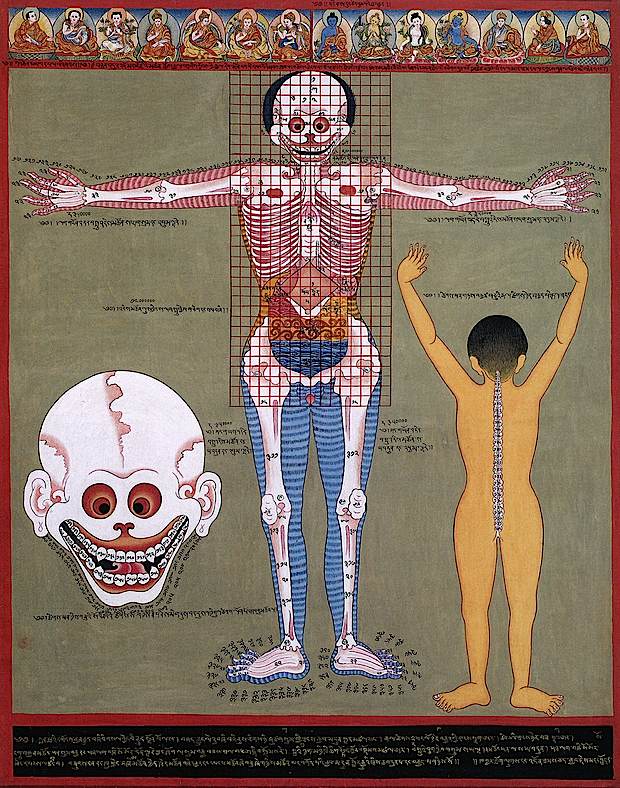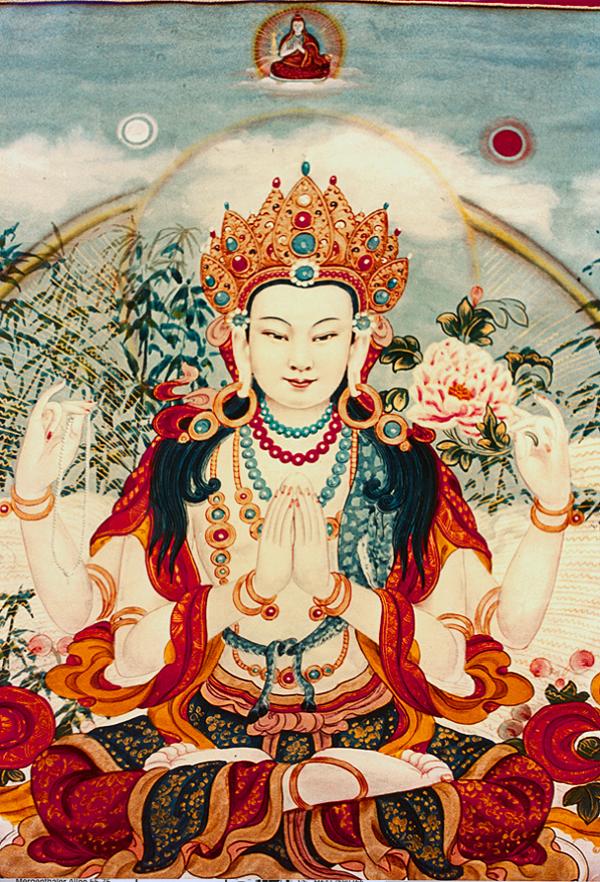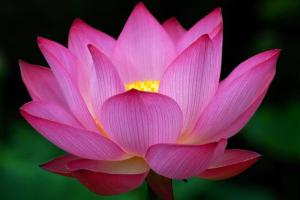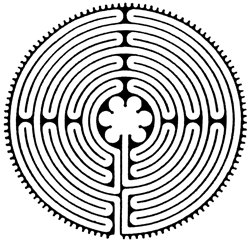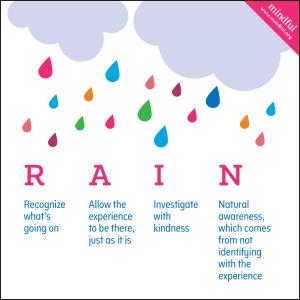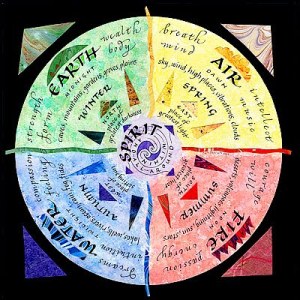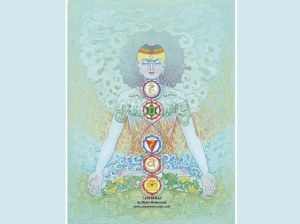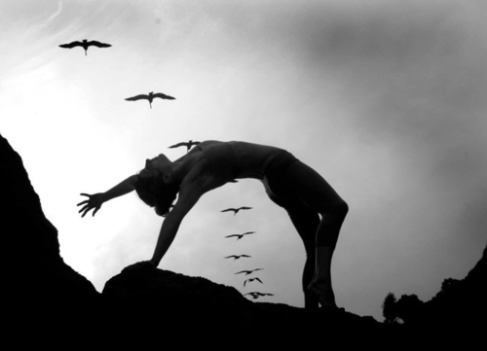
Written by Diana Justl, MA, MFT
I’m often blown away by my Eco therapy sessions in nature. Therapy sessions in the office are powerful, but something about taking time to connect with the natural world opens the client to a larger perspective that heals in a more powerful way. Here is a recent session I led with a client. Permission has been granted to share his experience, no identifying information is included to protect his confidentiality.
We have been working on issues of addictions. Meeting at the trailhead, we walk into the beautiful valley outside of San Francisco, tucked into the rolling hills near the rugged coast. I always explore these terrains beforehand, asking the land to reveal places of healing where I can do my work with others. We walk down the trail we’ve been many times before, off the beaten path to a tucked away spot away from the main trail that draws the activity of others. We walk in mindfulness, listening and opening to the land and its inhabitants, their unique messages guide our journey. On journeys before, we have met baby coyotes, a tranquil bobcat, families of quail, hawk, Merlins and other animals revealing messages as we open perception to the vast natural world and its teachings.
This time quail and bird-like clouds in a vast azure sky stand out. A rabbit that reminds of anxiety and working with fear. We check in as we walk along the trail, stopping along the way to listen and see what unfolds in the natural world. The client speaks of his recent work with addictions, what has worked for him since our last session in moderating alcohol use, and what blocks him from advancing to the next stage of change. We name his ancestors and family history of using alcohol to numb but also to celebrate and bond. A mixed purpose. We speak of intentionality, working with alcohol like a sacred sacrament to satisfy this historical thirst, to quench what he feels is insatiable inside of him.
We find a spot to settle into, held in a meditative meadow in the containment of the rolling, rugged hills. There are picnic benches, but no other signs of humans. I guide him into a meditation, honouring the spirits of the land, the elements and the directions, a blend of ancient earth based practice to “call in” support. I ask what is most important for him, what wants his attention today? We use this as a meditative inquiry, not as a question that the mind can answer, but a question that is dropped into a vast well of knowing and unknowing. Like a zen koan, this question is presented as an offering to pure awareness, inspiring some message from his depth of being. He says slowly with purpose, “I want to know what’s good for me…and to practice listening to my inner knowing.”
We move into a Hakomi session to explore his addictive impulses and what his psyche wants to reveal about them to bring healing.
In a deep state of mindfulness, he feels a tightness in his throat. I immerse him in that sensation; what are it’s qualities… it’s temperature, texture, what is it made of and connected to? He feels it as molten metal, seeing a part of himself holding the rod that grips his own throat. I ask to “take it over,” a Hakomi intervention in which the therapist takes on the mechanism that occurs in the body so that the client no longer has to do it. They can bypass this habit and begin to study what’s at its source, creating distance from an unconscious, maladaptive action or behavior. My hands become the gripping as I place them gently around his throat. I tell him he doesn’t have to hold this grip anymore, my hands can do it for him. He breathes a huge breathe of relief as he lets go of holding his throat in this way. He says he sees the part of himself that holds the rod, crying. He embraces that part. As he feels a part of himself reach out and accept this grieving part of himself, a memory surfaces. He goes back to college where his first girlfriend cheated on him. The grief and feelings of betrayal and rejection were so great, he felt he had to numb them with alcohol. He feels those feelings and sees this as one of the first imprints of using alcohol to avoid.
After riding a wave of grief and insight, I ask if his throat has any impulse to express, if any sound wants to be heard. This is intuitive, as I feel empathically into what wants to happen next. He nods immediately and takes some moments to connect with an impulse to sound. He begins humming quietly, slowly building to more raw tones. I feel this wave of impulse and guide him to connect to the source of it in his body. The place where the body knows what to do to heal itself. He continues sounding, it becomes more and more gentle and vulnerable. This beautiful, raw sound that wasn’t able to be expressed before is now heard by him and me as a witness. I slowly take my hands away as we both feel it’s time to let go. This leads to another impulse. He says, “I want to walk to that other picnic bench over there in the sun.” I guide him to walk with his eyes closed, listening to his inner guidance.
He stands with eyes closed and I direct him to the bench, using just his hand, index finger outstretched to point the way. I guide him to take this in, his body knows how to get there even though his eyes will remain closed, disorienting his sense of sight to guide the direction. His finger acts as the needle of his inner compass to lead the way. He walks slowly, mindfully, I ask him to check in along the way with the “inner compass” he says is located in his solar plexus. When he gets off track, I slow him down, ask him to check into the solar plexus compass. At one point he’s heading in the opposite direction. I tell him to slowly circle around to find the correct direction. He raises his pointer finger again and it raises straight to the sunny picnic table end. But then spins it in another direction. I say, “your body knew the way initially, follow that first impulse.” He follows the direction of his hand as it first raised and gets back on track. He finally approaches the picnic table, I tell him he is close, to walk very slow until he feels the energy change. He stops a few centimeters short of the table. We arrive.
He tells me of the journey, the feelings, emotions, sensations that arose. What he saw inside. He said just before I told him that he was about to get to the table, he saw the energy of his closed eye vision change to something more solid, as though he were approaching the solid object of the picnic table. He was grateful to have me as a guide to help facilitate an experience of listening to inner guidance.
Experiential psychotherapy offers something that talk therapy cannot. It goes beyond insight and understanding into creating a new experience that has the power to alter neurological rewiring. It is through new experience and wise, compassionate awareness that we find lasting change. I am so grateful to be part of this change in others. I’ve seen my weekly therapy clients go from being quite stuck and debilitated by recalcitrant patterns and behaviors to new and lasting change in their lives through these experiential methods.
